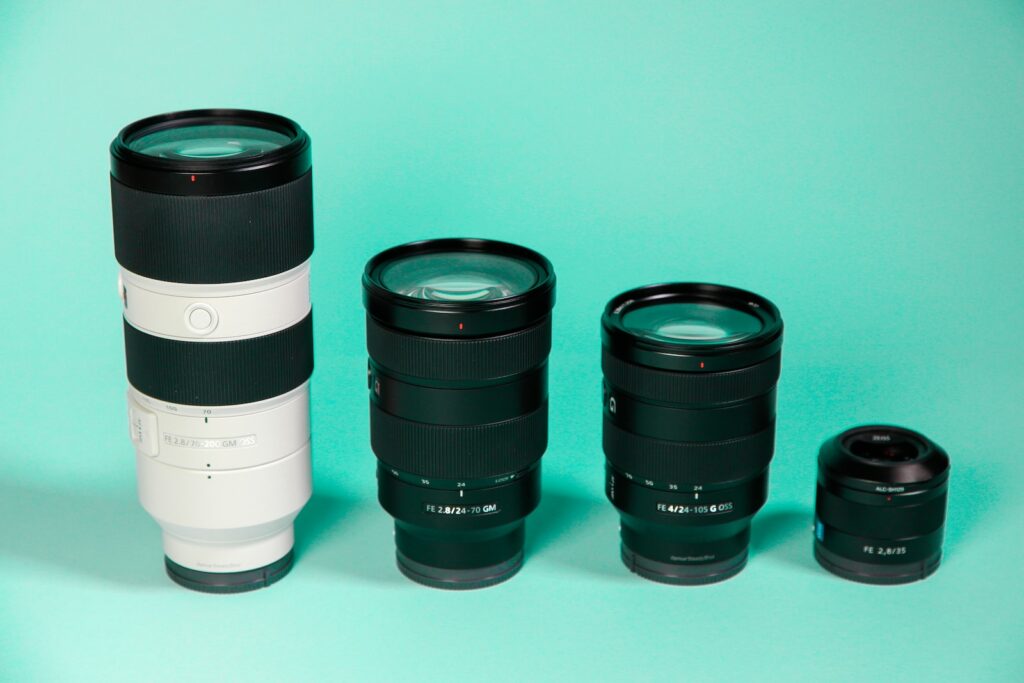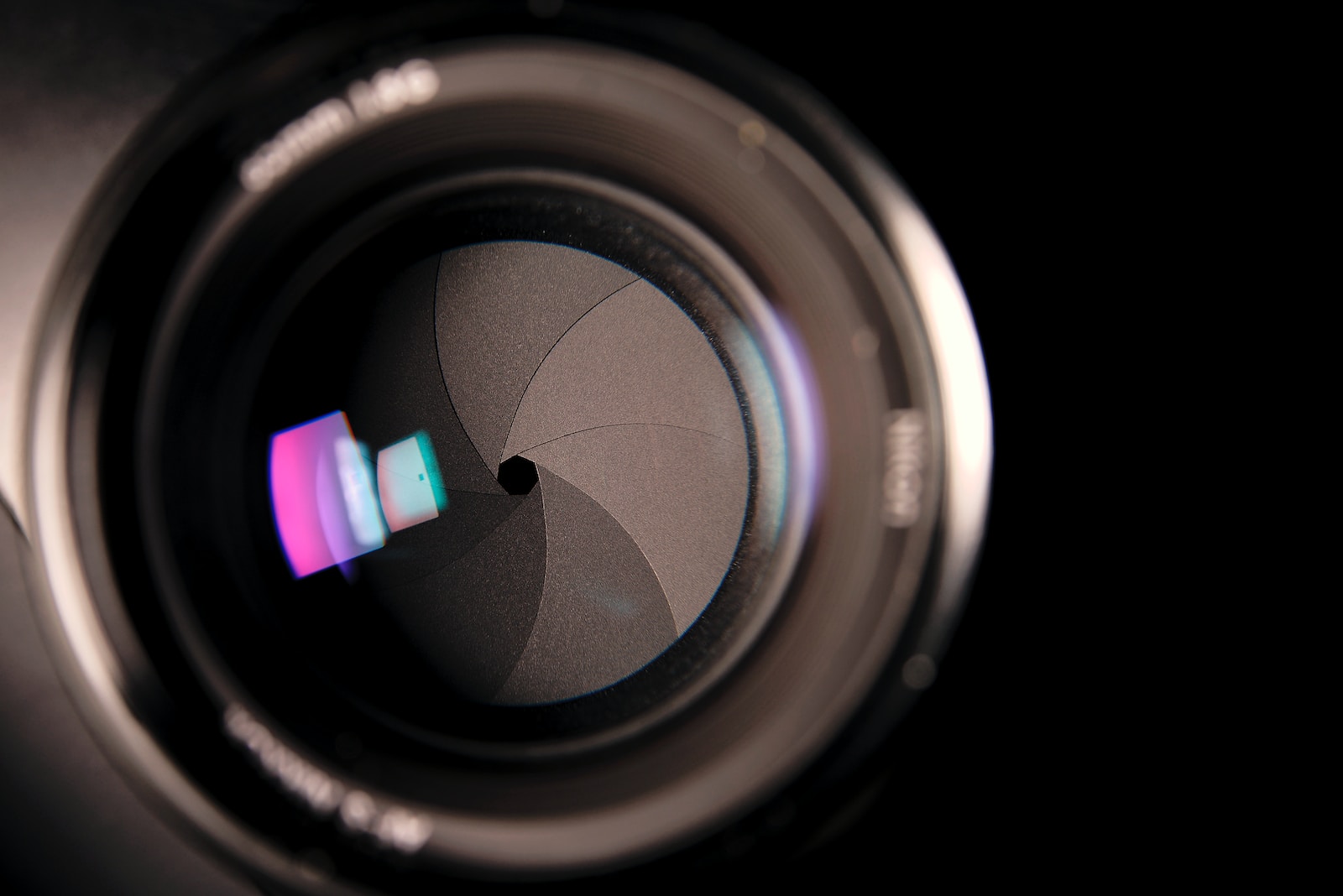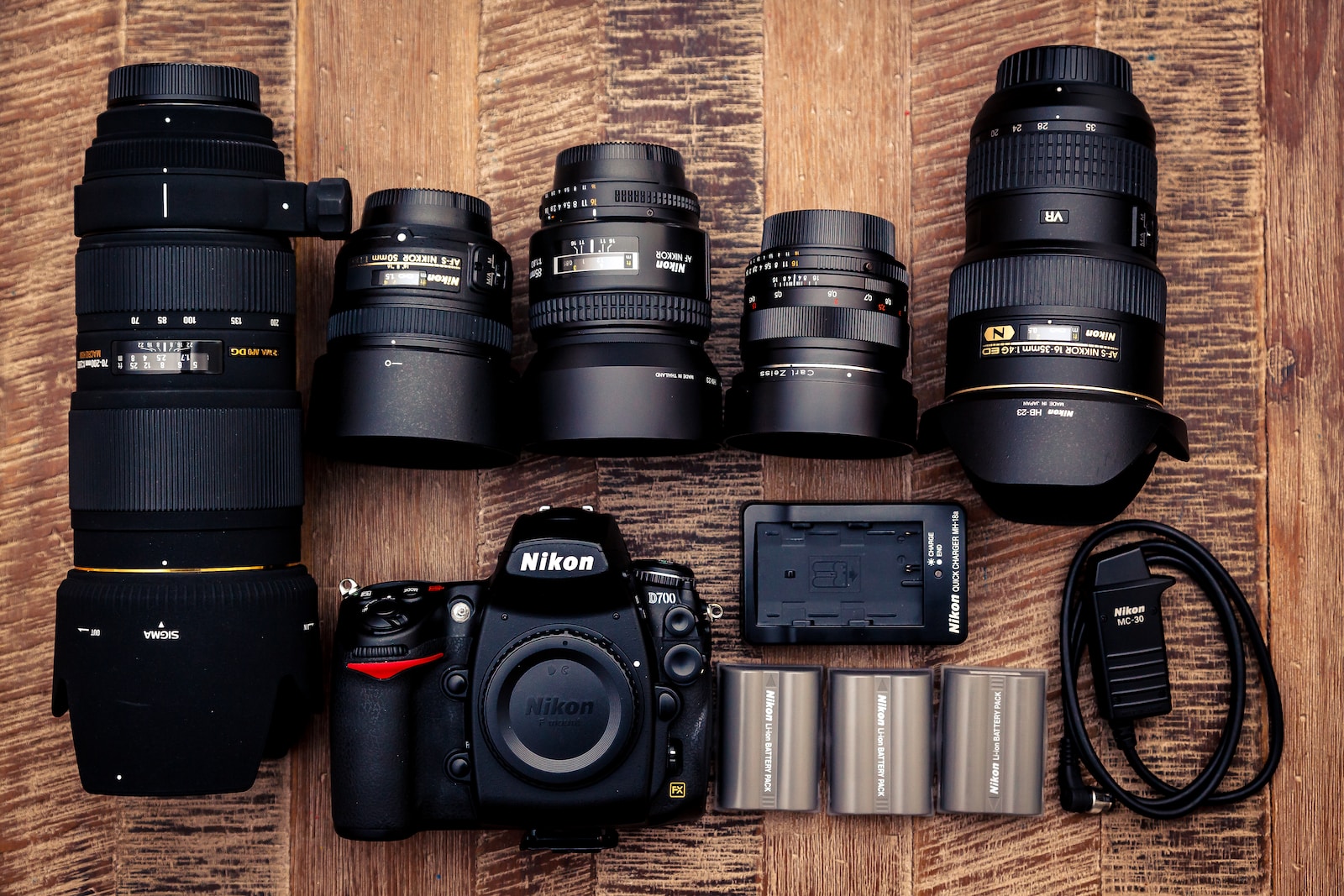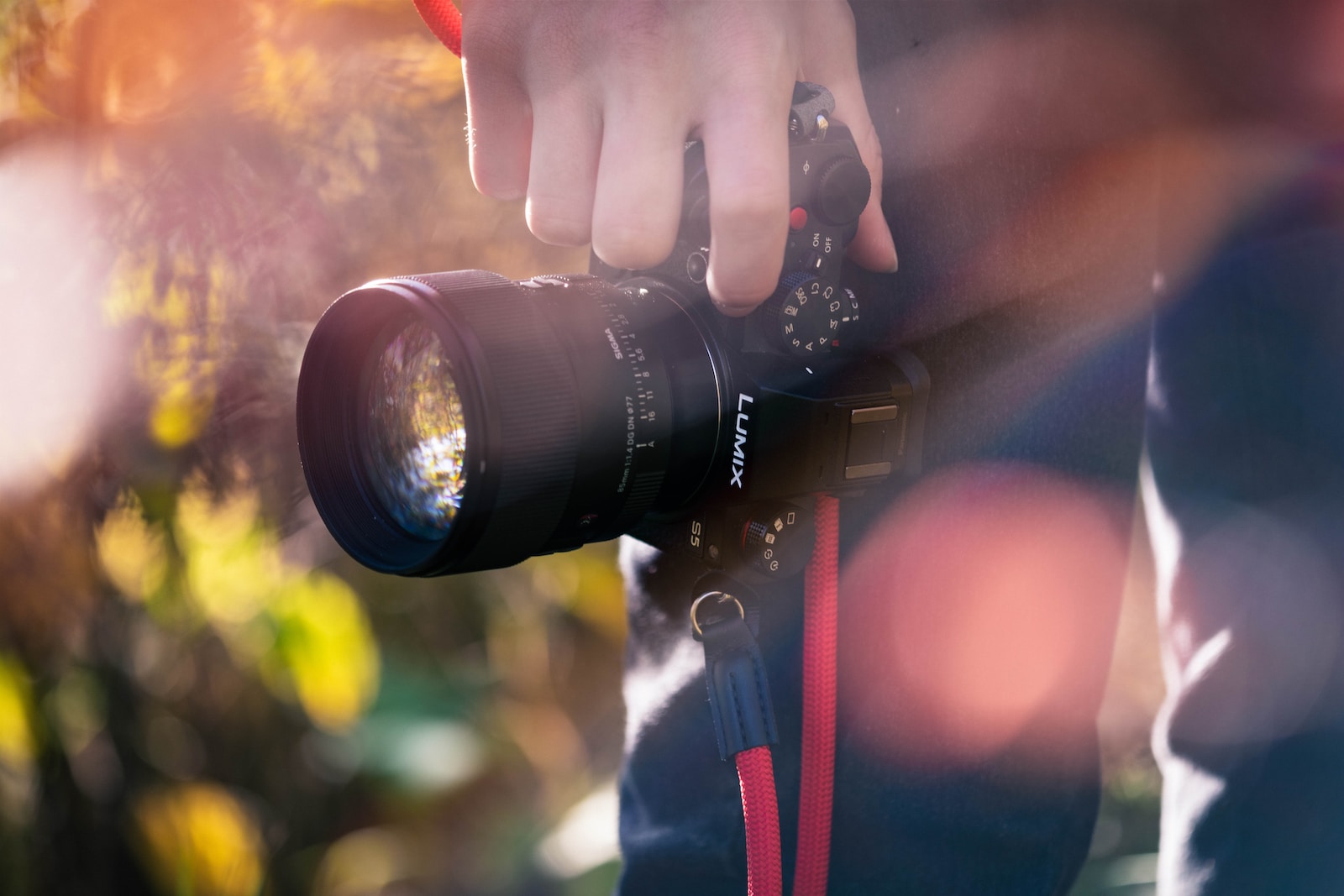Welcome to our comprehensive guide on fighting fungal infections in lenses. If you’re a photographer or a camera enthusiast, you know how frustrating it can be to discover lens fungus. But worry no more! In this guide, we will provide you with all the information you need to eliminate and prevent fungal growth in your camera lenses. From lens cleaning techniques to preventive measures, we’ve got you covered. So let’s dive in and keep your lenses fungus-free!
Table of Contents
- The Hidden Culprit: Moisture
- Gentle Lens Cleaning: A Step-by-Step Guide
- Proper Lens Storage: Dry and Clean
- A How-to Guide for Lens Cleaning: Tips and Techniques
- Frequently Asked Questions
- 1. What is lens fungus and how does it occur?
- 2. How can I identify lens fungus?
- 3. How can I prevent lens fungus?
- 4. Can lens fungus be removed or cleaned?
- 5. Are there any home remedies for removing lens fungus?
- 6. How often should I clean my lenses to prevent fungal growth?
- 7. Can lens filters protect against lens fungus?
- Wrap Up
The Hidden Culprit: Moisture
Moisture is the primary cause of fungal infections in lenses. The presence of humidity and moisture creates an ideal breeding ground for spores, leading to the growth of lens fungus. It is crucial to understand the importance of keeping your lenses dry and well-ventilated to prevent fungal infections.
Recognizing the Symptoms of Lens Fungus
Identifying lens fungus early is vital to prevent further damage. Keep an eye out for signs such as cloudy spots, white or black specks, or unusual haze on your lens. Additionally, any strange odor emanating from your lens might be an indication of fungal growth. Regular inspections are key to catching fungus in its initial stages.
Gentle Lens Cleaning: A Step-by-Step Guide
When it comes to lens cleaning, it’s essential to adopt a gentle approach that ensures you don’t damage the delicate lens elements. Begin by using a blower brush to remove any loose particles. Then, gently wipe the lens surface using a microfiber cloth or lens cleaning solution. Remember to clean both the front and back elements thoroughly.
Advanced Cleaning Methods: UV and Ozone Treatment
In some cases, when lens fungus has stubbornly taken hold, traditional cleaning methods may not be sufficient. UV and ozone treatment are advanced techniques that effectively eliminate fungal growth. These methods should only be performed by professionals with the necessary equipment and expertise to ensure the safety of your lenses.
Proper Lens Storage: Dry and Clean
Prevention is better than cure, and this holds true for lens fungus. Always store your lenses in a clean and dry environment. Invest in airtight lens cases or use silica gel packets to maintain low humidity levels within your storage area. Additionally, regular inspection and cleaning routines can help catch any potential fungal growth early.
Regular Usage and Air Circulation
A dormant lens is more susceptible to fungal infections. Regular usage of your lenses is a simple yet effective preventive measure. Additionally, allowing your lenses to breathe and circulate air helps minimize moisture buildup and inhibit fungal growth.
Did you know that lens fungus can spread between lenses? Storing infected lenses alongside clean ones can result in cross-contamination and further damage.
By following the guidelines provided in this comprehensive guide, you can effectively fight fungal infections in your camera lenses. From understanding the causes and symptoms to adopting proper cleaning techniques and preventive measures, you now have the knowledge to keep your lenses fungus-free. Remember, regular maintenance and vigilance are key to ensuring the longevity and performance of your lenses. Happy shooting!
A How-to Guide for Lens Cleaning: Tips and Techniques
Lens fungus is a common problem that many photographers encounter at some point during their career. The spores responsible for fungal infections can be found in various environments, such as high humidity areas or places with poor storage conditions. If left untreated, lens fungus can degrade image quality and even damage the lens. In this comprehensive guide, we will discuss effective methods to eliminate existing fungal growth and prevent future infections.
Step 1: Identification and Assessment
The first step in fighting lens fungus is identifying whether your lens is infected or not. Look for white or yellowish spots or patches on the lens surface or inside the lens elements. These spots may also have a fuzzy or thread-like appearance. If you notice these signs, it’s crucial to take immediate action to prevent further damage.
Next, assess the severity of the infection. If the fungus is only on the lens surface, it may be easier to clean. However, if it has spread to the inner elements, it is best to seek professional assistance to avoid causing further damage.
Step 2: Lens Cleaning Supplies
Before starting the cleaning process, gather the necessary supplies. You will need:
- A blower brush to remove loose debris
- A microfiber cloth or lens cleaning tissue
- Isopropyl alcohol or a lens cleaning solution
- Cotton swabs (optional)
Ensure that the cleaning solutions and materials are specifically designed for camera lenses to avoid any potential damage.
Step 3: Cleaning Technique
Follow these steps to clean your lens and eliminate the fungal infection:
- Start by using a blower brush to gently remove any loose debris from the lens surface.
- If there are visible fungal spots on the lens, apply a few drops of isopropyl alcohol or lens cleaning solution to a microfiber cloth or lens cleaning tissue.
- Gently wipe the affected areas in a circular motion, applying minimal pressure. Avoid excessive rubbing as it may damage the lens coating.
- If necessary, use a cotton swab moistened with cleaning solution to reach difficult-to-clean areas.
- Once the fungal spots are removed, use a clean microfiber cloth or lens cleaning tissue to wipe away any remaining residue.
Remember to handle the lens with care throughout the cleaning process. Always use gentle motions and avoid touching other parts of the lens or exposing it to excessive moisture.
Step 4: Prevention Measures
Prevention is the key to avoiding future fungal infections. Here are some essential measures to protect your lenses:
- Store your lenses in a dry and well-ventilated area with low humidity.
- Use a protective lens cap or hood when not in use.
- Avoid leaving your lenses in extreme temperature conditions.
- Regularly inspect your lenses for any signs of fungal growth.
- Consider investing in a dehumidifier or silica gel packs to control moisture levels in your lens storage area.
By following these preventive measures and cleaning techniques, you can effectively combat lens fungus and ensure the longevity of your camera lenses.
Remember, early detection and prompt action are vital in fighting fungal infections in lenses. Regular maintenance and proper storage will significantly reduce the risk of lens fungus, enabling you to capture crystal-clear images with peace of mind.

Frequently Asked Questions
1. What is lens fungus and how does it occur?
Lens fungus is a type of fungal infection that can occur on camera lenses. It is caused by the growth of spores in a warm and humid environment, commonly found in areas with high moisture levels.
2. How can I identify lens fungus?
Lens fungus appears as small, white or black spots on the lens surface. It may also cause hazy or blurry images. It is important to regularly inspect your lenses for any signs of fungus growth.
3. How can I prevent lens fungus?
To prevent lens fungus, store your camera equipment in a dry and cool environment. Avoid exposing your lenses to excessive moisture or high humidity. Always keep your gear clean and use silica gel packs or dehumidifiers in storage areas.
4. Can lens fungus be removed or cleaned?
Yes, lens fungus can be cleaned, but it requires professional assistance. It is recommended to take your infected lenses to a professional camera repair service to ensure proper cleaning and prevention of further damage.
5. Are there any home remedies for removing lens fungus?
While there are some DIY suggestions available online, it is strongly advised to avoid attempting to clean lens fungus at home. Improper cleaning techniques may lead to permanent damage or spread the infection to other equipment.
6. How often should I clean my lenses to prevent fungal growth?
Regular lens cleaning is essential to prevent fungal growth. It is recommended to clean your lenses at least once a month, or more frequently if you frequently shoot in humid or moist environments.
7. Can lens filters protect against lens fungus?
Lens filters can provide some level of protection against lens fungus by acting as a barrier between the lens and the environment. However, it is still important to clean both the lens and the filter regularly to prevent fungal growth.
Wrap Up
In conclusion, fighting fungal infections in camera lenses is crucial to maintain the quality of your photographs. Remember, prevention is key. Regularly clean and store your lenses in a dry environment, invest in a good lens cleaning kit, and inspect your equipment regularly for signs of lens fungus. If you do encounter lens fungus, don’t panic. With the right tools and knowledge, you can effectively eliminate it. By following the tips and strategies outlined in this comprehensive guide, you’ll be able to keep your lenses fungus-free and capture stunning images for years to come.
We hope you found this guide helpful! If you have any questions or additional tips, we’d love to hear from you. Leave a comment below and let’s engage in a conversation about lens fungus and fungal infections in camera lenses. Happy shooting!



